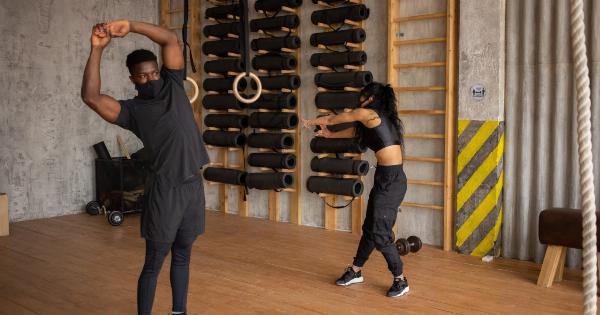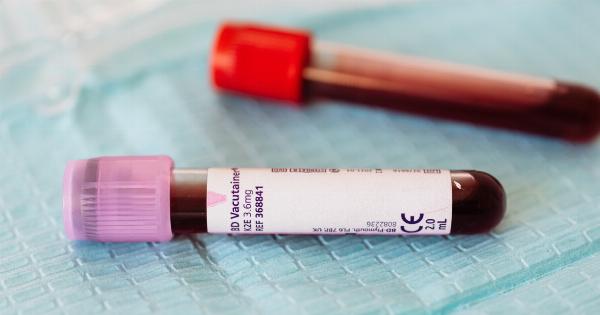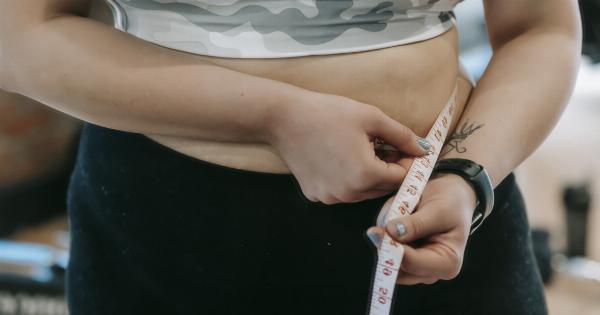If you suffer from Irritable Bowel Syndrome (IBS), you understand the constant discomfort and inconvenience it brings to your daily life.
While there is no known cure for IBS, incorporating stretching exercises into your routine can help to alleviate the symptoms and improve your overall well-being. In this article, we will explore the benefits of stretching for IBS, different stretching techniques, and guidelines to follow for maximum effectiveness.
Understanding IBS
IBS is a chronic digestive disorder characterized by a range of symptoms, including abdominal pain, cramping, bloating, gas, and altered bowel habits such as diarrhea or constipation.
Stress, certain foods, hormonal changes, and a sedentary lifestyle can all trigger or exacerbate IBS symptoms. While the exact cause of IBS is unknown, it is believed to involve an interaction between the brain, gut, and nervous system.
The Benefits of Stretching for IBS
Stretching is not only beneficial for improving flexibility and relieving muscle tension; it can also provide some relief from IBS symptoms. Here are the key benefits of incorporating stretching into your routine:.
1. Reduced Muscle Tension
Stretching helps to release tension in the muscles surrounding the abdomen and lower back, which can become tight and painful during an IBS flare-up. By stretching these muscles regularly, you can alleviate some of the discomfort associated with IBS.
2. Improved Digestion
Stretching exercises can indirectly aid in digestion by reducing stress levels. When you stretch, it activates your parasympathetic nervous system, which promotes relaxation and can help ease the symptoms of IBS, including abdominal pain and cramping.
3. Enhanced Blood Flow
Stretching increases blood flow to the muscles, including those in the abdominal area.
A well-oxygenated and nourished digestive system is better equipped to function properly and may help ease IBS symptoms such as bloating and irregular bowel movements.
Stretching Techniques for IBS Relief
When incorporating stretching into your routine, it’s essential to focus on gentle exercises that promote relaxation rather than intense stretches that may aggravate your symptoms.
Here are a few stretching techniques that can help provide relief:.
1. Deep Breathing Stretch
Sit or lie down in a comfortable position. Take a deep breath in, expanding your abdomen as you inhale. Exhale slowly, allowing your abdomen to deflate. Repeat this deep breathing exercise while gently stretching your arms overhead.
This stretch helps to release tension in the diaphragm and relaxes the abdominal muscles.
2. Child’s Pose
Start by kneeling on the floor with your knees hip-width apart. Slowly lower your hips onto your heels and lean forward, resting your forehead on the floor/mat. Extend your arms in front of you or place them alongside your body.
Breathe deeply and focus on relaxing your abdominal muscles. The Child’s Pose helps to stretch the lower back and gently massages the abdominal area, providing relief from cramping and discomfort.
3. Seated Twist
Sit on the edge of a chair with your feet flat on the floor. Place your right hand on the outside of your left thigh and gently twist your torso to the left, looking over your left shoulder. Hold this stretch for 30 seconds and repeat on the other side.
The Seated Twist helps to relieve bloating and gas by gently massaging the abdominal area and improving digestion.
4. Cat-Cow Stretch
Begin on all fours with your hands under your shoulders and your knees under your hips. Inhale, arch your back, and tilt your tailbone upwards, allowing your belly to sink towards the floor while lifting your head and looking forward.
Exhale, round your spine towards the ceiling, tuck your chin towards your chest, and tuck your tailbone under. Repeat this movement slowly, focusing on the stretch and release of the abdominal muscles. The Cat-Cow Stretch improves the overall flexibility of your spine and brings gentle movement to the digestive system.
Guidelines for Stretching with IBS
While stretching can provide relief for IBS symptoms, it’s important to keep a few guidelines in mind:.
1. Listen to Your Body
Pay attention to how your body feels during stretching exercises and adjust accordingly. If a particular stretch causes pain or discomfort, stop and try a different one.
Everyone’s body is unique, so it’s crucial to listen to your own limits and not push yourself too far.
2. Stay Hydrated
Drink plenty of water before, during, and after your stretching routine. Adequate hydration helps to keep your digestive system functioning optimally and prevents dehydration, which can exacerbate IBS symptoms.
3. Combine Stretching with Other Strategies
While stretching can be beneficial, it is not a sole solution for managing IBS symptoms.
It is best to combine it with other strategies such as stress management techniques, dietary modifications, and medication or therapy as prescribed by your healthcare provider.
4. Consistency is Key
To experience the benefits of stretching for IBS, consistency is key. Aim for a daily stretching routine or at least three to four times a week.
Even a few minutes of stretching each day can make a significant difference in managing your symptoms over time.
Conclusion
Incorporating stretching into your daily routine can be a valuable tool in managing the symptoms of IBS.
By reducing muscle tension, improving digestion, and enhancing blood flow, stretching helps to alleviate the discomfort and inconvenience associated with this chronic condition. Remember to focus on gentle stretching techniques, listen to your body, stay hydrated, and combine stretching with other strategies suggested by your healthcare provider.
With consistency and patience, stretching can become an important part of your overall IBS management plan.































